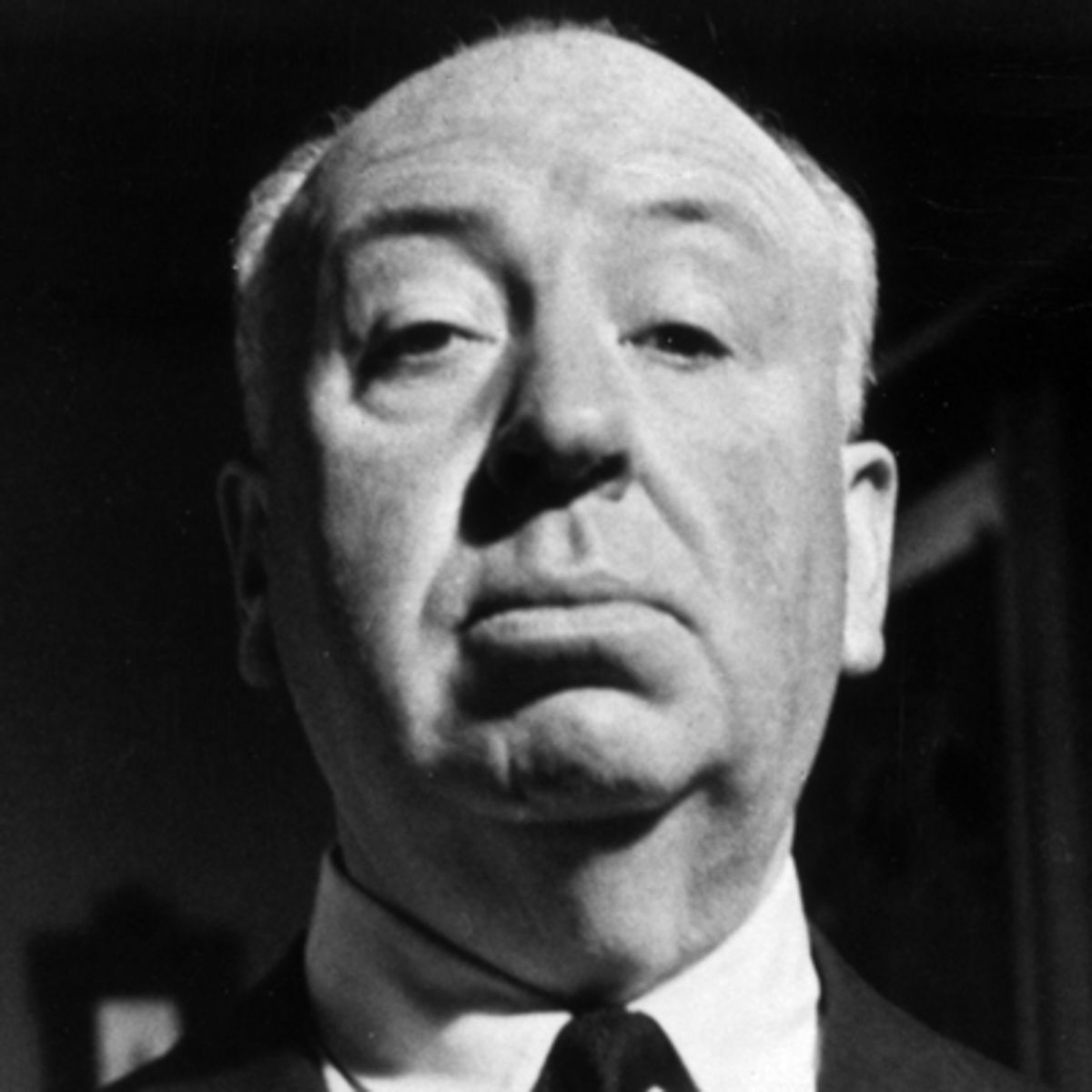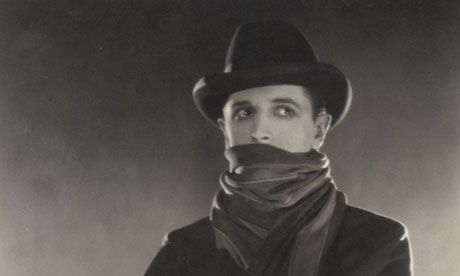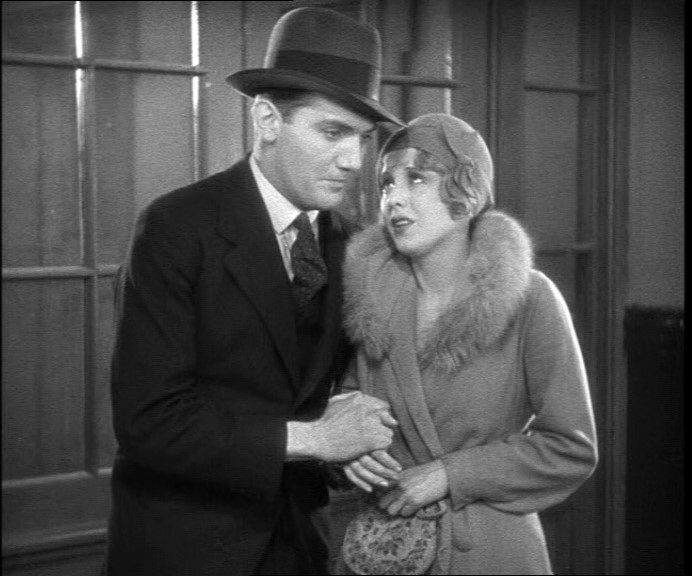We all know Alfred Hitchcock as “The Master of Suspense,” creating many of the most influential films to exist. The director is known for his suspenseful titles such as Psycho, North by Northwest, and Vertigo. Drawing audiences in all over the world with his thrillers that changed the way we view film, Alfred Hitchcock lives on through his art.

Photo: Biography
The Early Years
Alfred Hitchcock was born on August 13th, 1899 in Leytonstone, England to parents William and Emma Jane Hitchcock. The future director was the youngest child in his family. Hitchcock has openly said that he had a very sheltered childhood. One of the most famous stories that he’s told about his youth was when his father sent him to the town’s police station. His father sent him to the station with a single note that stated that Hitchcock was behaving poorly and needed to be locked away for fives minutes as his punishment. Ironically, this incident must have had a huge affect on Hitchcock because in many of his movies we often see this fear of police brought into the film.
At the age of 15 his father passed away and later Hitchcock had to leave for school to study engineering. He attending the London County Council School of Engineering and Navigation in London. After leaving school, Hitchcock began working at a publishing house called The Henley Telegraph were he eventually became one of the most popular contributors. In 1919 his first piece titled Gas was published a little while later her had another piece published titled The Woman’s Part. Alfred Hitchcock continued to publish pieces over the next few years until 1920, when he began working for Islington Studios.

Still from the film The Lodger. Photo: The Guardian
Alfred Hitchcock’s Silent Film
During the silent film era Hitchcock assisted Michael Balcon and Graham Cutts on a number of films. Some of these films included The White Shadow, The Prude’s Fall, and The Blackguard. He continued to collaborate with various directors and producers until his first movie, The Lodger: A Story of the London Fog. Released in 1927 this film is considered the first “Hitchcockian” film that uses the same theme we see throughout all of his movies.

Still from the film Blackmail. Photo: Blogspot
Hitchcock’s First “Talkie”
In 1929, when films began moving to “talkies,” Hitchcock’s film Blackmail was being made into a “talkie.” In 1933 Hitchcock began to work with Michael Balcon again, this time around he was working for Gaumont British studio. This is where he made two very successful films, The Man Who Knew Too Much (1934) and The 39 Steps (1935). Both of these films put Hitchcock on the map as a successful filmmaker and he began gaining attention from United States film studios. In addition to being a raging success, The 39 Steps introduced two of the most classic Hitchcock characteristics that we know today. The first one is the “MacGuffin” which is considered a plot device that is usually an object or goal that helps move the plot along. The second characteristic that is introduced is Hitchcock’s beautiful blonde leading lady.
The next film that Hitchcock began to work on was The Lady Vanishes (1938) which also became a huge success. A year later Alfred Hitchcock received the Best Director award from the New York Film Critics Circle. Many critics consider this film one of the best films of all time. This was the end of Hitchcock’s time spent in England as film maker. In 1930 he moved to Hollywood and began a seven year contract with David O. Selznick.
Stay tuned for part two of Hitchcock’s life where we will explore his success as a director in the United States.

